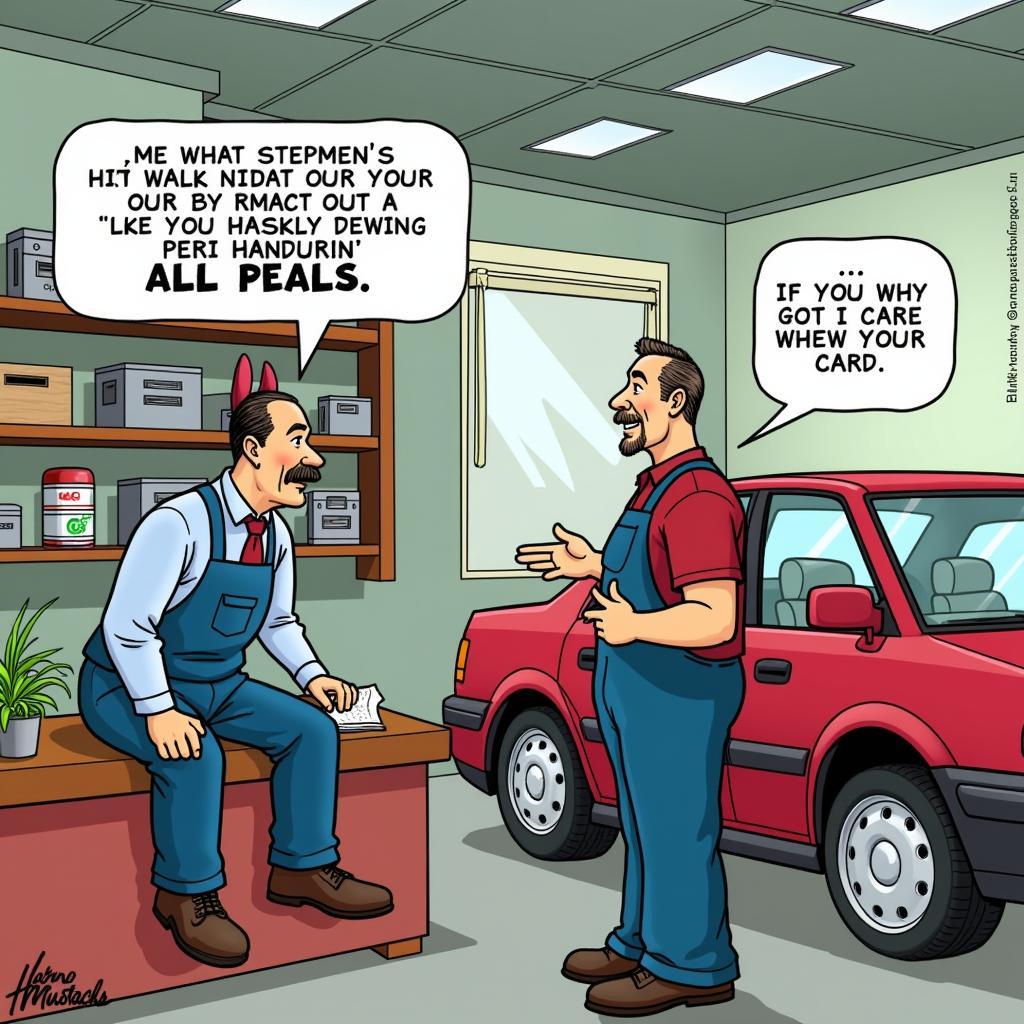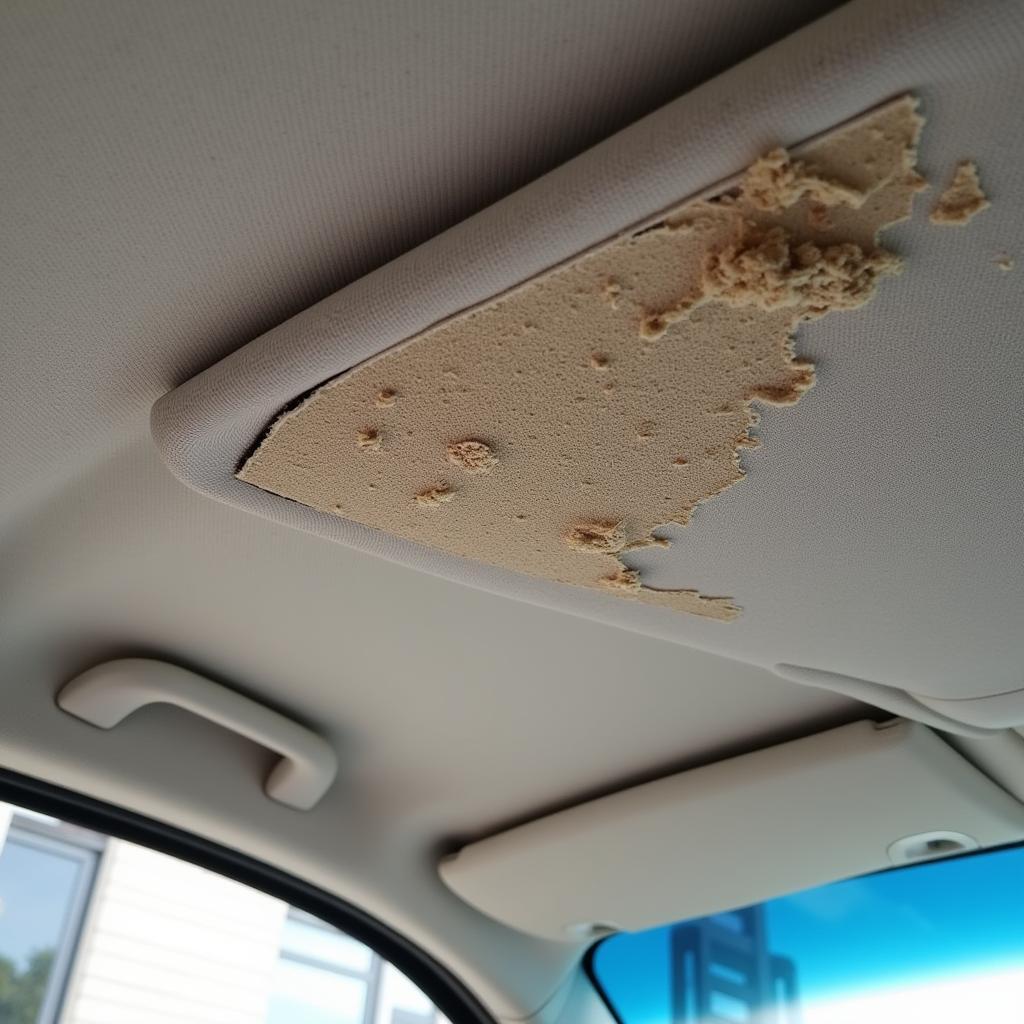Torque wrenches are essential tools for any car owner or mechanic performing maintenance or repairs. Proper use ensures bolts are tightened to the correct specifications, preventing damage and ensuring safety. This guide provides a detailed overview of using a Torque Wrench For Car Maintenance.
Understanding Torque and Its Importance
Torque is the rotational force applied to a fastener, like a bolt or nut. Over-tightening can strip threads, warp components, or even cause breakage. Under-tightening, on the other hand, can lead to loose parts, vibrations, and potential failures. A torque wrench allows you to apply the precise amount of force specified by the manufacturer, guaranteeing optimal performance and longevity of your vehicle’s components.
Choosing the Right Torque Wrench for Your Needs
Several types of torque wrenches are available, each with its own advantages and disadvantages. Beam-type wrenches are simple and affordable, using a deflecting beam to indicate torque. Click-type wrenches produce an audible click when the desired torque is reached, making them easy to use. Digital torque wrenches offer the highest precision and often include additional features like data logging. Selecting the correct wrench depends on your budget, frequency of use, and required accuracy. Similar to car brakes maintenance window diy, using the right tools makes all the difference.
How to Use a Torque Wrench Correctly
Using a torque wrench is straightforward, but accuracy is crucial. First, identify the correct torque specification for the fastener you’re tightening. This information is usually found in the vehicle’s repair manual. Set the torque wrench to the desired value by adjusting the handle or digital display. Place the wrench securely onto the fastener and apply smooth, even pressure until you hear the click or see the desired reading. Avoid jerky movements or extensions on the wrench handle, which can affect accuracy. As with teach yourself car maintenance, learning the proper technique is key.
Common Torque Wrench Mistakes to Avoid
Even experienced mechanics can make mistakes when using a torque wrench. One common error is failing to reset the wrench to zero after use. This can damage the internal mechanism and affect future readings. Another mistake is using extensions or adapters without accounting for the change in leverage. Always consult the wrench’s instructions for proper adapter usage. Finally, ensure the fastener and surrounding surfaces are clean and free of debris, as this can influence the torque reading.
Why a Torque Wrench is Essential for Car Maintenance
From simple tasks like changing a tire to more complex engine repairs, a torque wrench ensures that every fastener is tightened correctly. This not only prevents damage but also contributes to the overall safety and reliability of your vehicle. Investing in a quality torque wrench is a wise decision for any car owner committed to proper maintenance. Much like car storage and maintenance, using the right tools for the job is paramount.
Calibration and Maintenance of Your Torque Wrench
Like any precision tool, a torque wrench needs regular calibration to maintain accuracy. Over time, the internal mechanism can wear or become misaligned, affecting readings. It’s recommended to calibrate your torque wrench annually or more frequently if used heavily. You can send it to a professional calibration service or purchase a calibration kit for DIY calibration.
“A properly calibrated torque wrench is as essential as a good set of sockets,” says John Smith, a seasoned automotive engineer with over 20 years of experience. “It’s the only way to guarantee you’re applying the right amount of force to those critical fasteners.”
Torque Wrench Applications in Car Maintenance
Torque wrenches are crucial for a wide range of car maintenance tasks, including:
- Wheel lug nut tightening
- Spark plug replacement
- Engine component assembly
- Suspension work
- Brake caliper bolt tightening
Just as finding a diy car maintenance garage for rent can be valuable, so too is having the right tools for the job.
“Don’t underestimate the importance of a torque wrench,” adds Jane Doe, a certified mechanic and automotive instructor. “It’s a small investment that can save you a lot of headaches and costly repairs down the road.”
Conclusion
Using a torque wrench for car maintenance is essential for ensuring the safety, reliability, and longevity of your vehicle. By understanding the different types of wrenches, proper usage techniques, and common mistakes to avoid, you can confidently tackle a wide range of maintenance tasks. Remember to choose the right wrench for your needs and calibrate it regularly to maintain accuracy. For personalized support and guidance, connect with AutoTipPro at +1 (641) 206-8880 or visit our office at 500 N St Mary’s St, San Antonio, TX 78205, United States. Maintaining your car properly, even on your own driveway, is crucial and resources like car maintenance on your own driveway can be beneficial. Invest in a torque wrench and enjoy the peace of mind that comes with knowing your car is properly maintained.






Leave a Reply